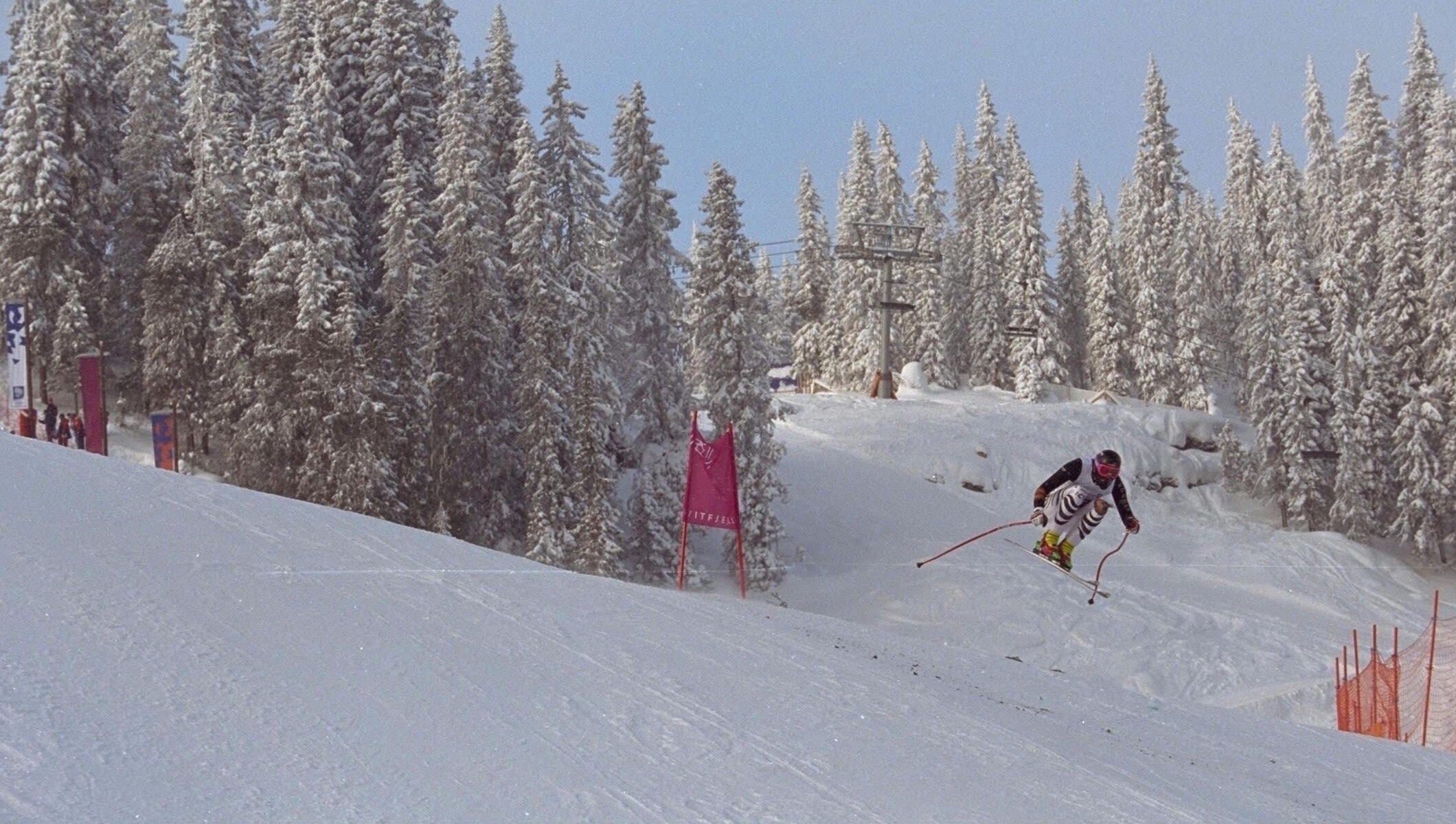Quiet man Wasmeier makes a big noise
Markus Wasmeier was nobody’s favourite to win gold medals in Lillehammer. It was nearly 60 years since a German man had won an Olympic Alpine event and Wasmeier, now 30, didn’t seem a likely candidate to end that streak.
He himself had not won a major race for very nearly a decade and, up against the likes of Tommy Moe and Marc Giradelli, his chances of doing so in Lillehammer looked slim to say the least.A quiet, understated individual, Wasmeier liked classical music, restoring old paintings and spending time with his family.
There was nothing restrained or quiet about his surprise performances in Norway, though. After finishing way off the pace in the downhill, and failing to finish altogether in the combined, the German suddenly burst into life in the super-G, finding an extraordinary rhythm and speed that put him into the lead at the first split, and eventually saw him cross the line in 1 min 32.53 secs. Only the USA’s Tommy Moe could get anywhere close to that time, finishing 0.08 secs behind. After all those years of waiting, Wasmeier was an Olympic champion.

It is sometimes said that the first medal is the hardest to win, because after that the mind knows that victory is possible, however much hard work it requires. Perhaps that’s how it was for Wasmeier, who took to the first run of the giant slalom with a new sense of calm and assurance to finish third-fastest behind Austria’s Christian Mayer and the Swiss Urs Kälin.
Wasmeier approached the second run in equally relaxed fashion, and produced a brilliant performance that saw him claim the overall lead. Kälin crossed the line just 0.02 secs slower, while Mayer was a further 0.10 secs behind. Barely a tenth of a second covered the three medalists, but Wasmeier had his second gold of the Games, thus cementing his place among Germany’s greatest Winter Olympians.
He retired shortly afterwards and set up a museum of farming and winter sports in Bavaria. He has subsequently developed a keen interest in preserving old buildings and helping young people to learn traditional skills.